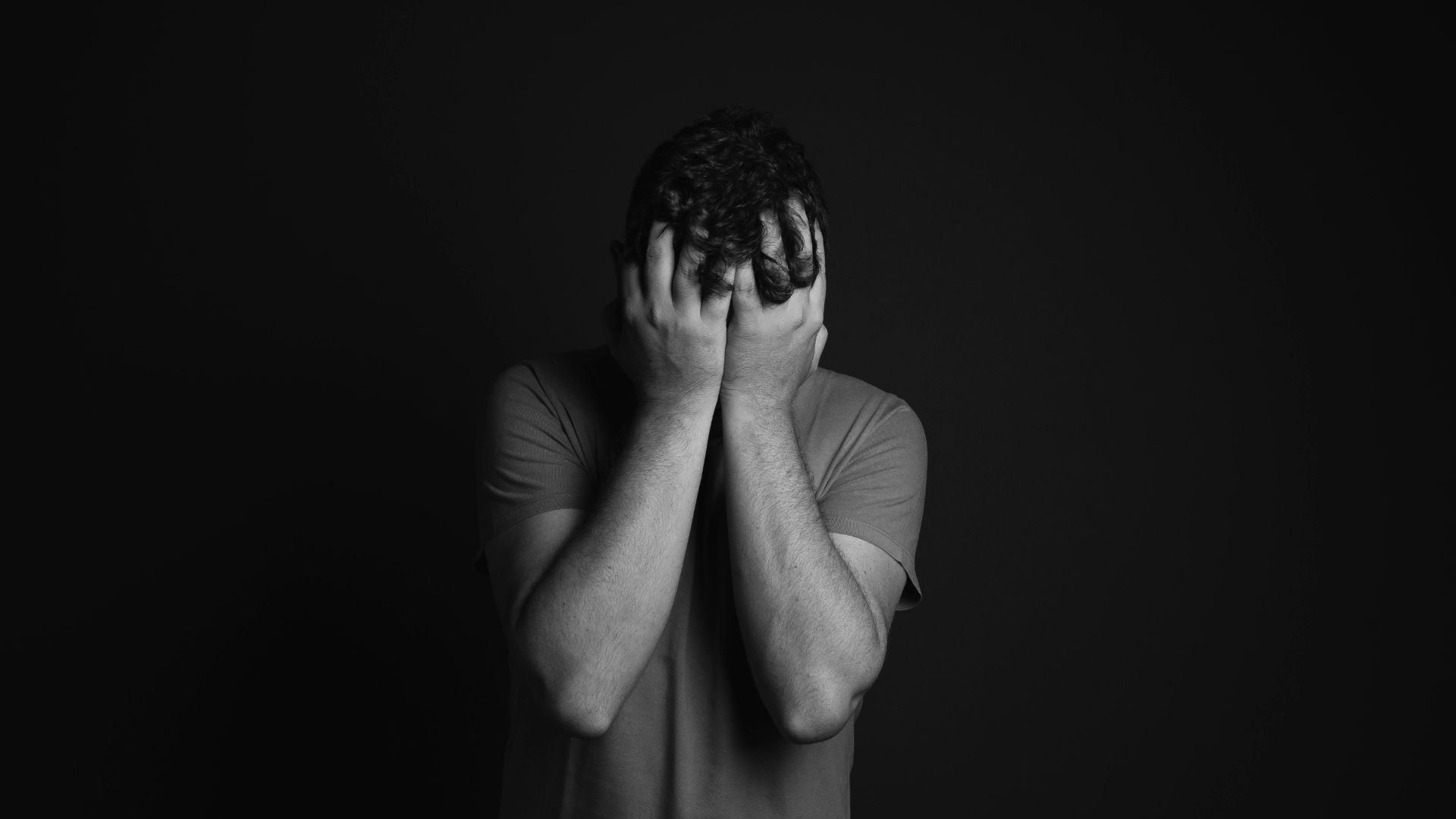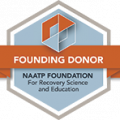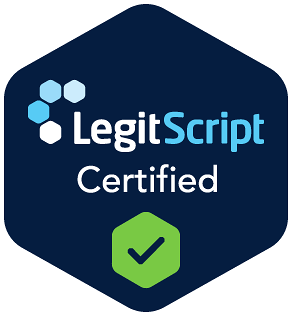Illicit drugs are ubiquitous in America, but Indiana seems to have more issues than most states. As a matter of fact, Indiana is seventh on the list of states that are experiencing severe problems with drug use. The authorities determine this by the number of people using substances in the state, the law enforcement response to the crisis, and public health issues.
Key Takeaways
-
Indiana faces one of the most severe substance or drug abuse crises in the U.S., driven by opioids, fentanyl, and rising polydrug use among both adults and youth.
-
Substance misuse places a massive financial burden on the state, costing billions in healthcare, criminal justice, and social services each year.
-
Access to comprehensive treatment—especially medical detox, MAT, and co-occurring mental health care—is essential for reducing overdose deaths and helping individuals achieve long-term recovery.
What is Substance Abuse?
Question: What is Substance Abuse?
Answer: Substance abuse occurs when a person uses drugs or alcohol in ways that are harmful to their health, relationships, and daily life. It often involves consuming substances more frequently or in larger amounts than intended, using them to cope with stress or emotional pain, or continuing use despite negative consequences.
Substance abuse in Indiana can affect anyone—regardless of age, background, or lifestyle—and may lead to addiction, physical health issues, mental health disorders, and life-altering social or legal problems. Early recognition and treatment are key to preventing long-term harm and supporting lasting recovery.
The Crisis
The late 1990s saw an increase in the number of opioid prescriptions that physicians were writing for patients. This is known as the “first wave” of the opioid crisis. The “second wave” occurred after the medical community started to control the number of opioid prescriptions physicians were writing for opioids. This effort decreased the number of opioid prescriptions that Indiana citizens obtained, but these resourceful individuals turned to heroin instead, beginning in the mid-2000s.
In around 2014, Indiana experienced a “third wave” when fentanyl and fentanyl analogs appeared on the scene. Heroin is cheaper than prescription opioids, but fentanyl is even less expensive than heroin. Fentanyl is a synthetic opioid, and it is extremely potent. Fentanyl analogs are drugs created to act like fentanyl.
Fentanyl analogs were being manufactured illicitly, and the manufacturers are combining them with counterfeit pills, cocaine, and heroin. This is particularly troublesome because mixing these substances increases the user’s risk of overdose, as the user doesn’t truly know what they’re getting.
The Cost of Substance Use in Indiana
 Overdoses
Overdoses
In 2011, 347 people died of opioid overdoses, but in 2018, this number increased to 1,098 fatalities. In 2018, physicians wrote a large number of prescriptions for opioids. Specifically, physicians wrote 65.8 opioid prescriptions per 100 people, while providers across the entire country only wrote 51.4 prescriptions per 100 people.
Although opioid prescriptions in Indiana were very high, the number of overdose deaths caused by opioids decreased in 2018. In 2017, 425 people died of opioid overdoses, and 370 died of the same cause in 2018.
Polydrug Use
Although opioids have been driving the drug crisis, people have been using other substances as well. Along with the increase in the use of opioids, Indiana residents have also been increasing their use of cocaine, benzodiazepines, and psychostimulants. For example, psychostimulant use increased by the largest amount at 138% in 2017. Cocaine wasn’t far behind with an increase of 111%. Benzodiazepine use increased by 48%, but opioids only increased by 45%.
The increase in these other types of drugs is important because these are the substances that people are using at the same time as opioids, and they are overdosing because of it.
Criminal Activity
As can be expected, pharmacy robberies also increased as the opioid crisis grew in Indiana. In 2015, robberies of these establishments peaked at 175. In 2018, these robberies had dropped to 25.
Law Enforcement
One of the first ways to combat the substance use crisis in Indiana is to take full advantage of law enforcement. This means that the government must make sure to provide its law enforcement agencies with the funds they need to fight drug dealers, and they have been very busy.
In 2013, police officers seized 1,721 methamphetamine labs and arrested 1,507 people. In 2019, these numbers dropped to 90 seizures of clandestine labs and 45 arrests. In 2014, more methamphetamine labs were seized in Indiana than in any other state in the union.
Underage Use of Substances
The most frequently used substance in Indiana is alcohol, and adults aren’t the only ones indulging in it. In fact, 13% of eighth-grade students, 21% of 10th-grade students, and 29.5% of 12th-grade students reported the consumption of alcohol in the past month. The problem appears to cross an even wider range because 18.9% of young people aged 12 to 20 admitted to drinking alcohol. Another 11.4% even stated that they engaged in binge drinking.
The most frequently used illicit drug in Indiana is marijuana, and young people are taking part in using this substance as well. In 2019, 17.3% of 12th-grade students and 12.6% of 10th-grade students used marijuana, but 5.9% of eighth-grade students also stated that they used this substance, which is commonly referred to as “a gateway drug.”
Children in Indiana aged 12 and older also ingested other illegal substances in the past year. A total of 2.1% of kids ages 12 and up reported that they used cocaine in the past year. A smaller number used methamphetamine, with 0.9% of kids aged 12 and up stating that they used this substance during the past year.
Policymakers enlisted the help of youth prevention programs, naloxone training, and medication-assisted treatment to help fight these trends. Specialized treatment programs are also available for individuals with alcohol use disorder, offering integrated care and medication-assisted therapies for both youth and adults struggling with alcohol dependence.
Youth Prevention Programs
Law enforcement agencies and the Department of Education teamed up to create several youth prevention programs for substance use. For example, “Overdose Lifeline” addresses how young people are involved in the opioid crisis. The agency also offers presentations that address alcohol use.
Naloxone Training
Naloxone is a medication that can reverse an overdose on opioids. When people begin to overdose on opioids, their breathing slows down considerably and may even stop. Administering naloxone after this begins can cause the person to begin to breathe normally again. The government of Indiana provides the public with several options for how they can obtain naloxone training kits.
Medication-assisted Treatment
Treatment centers use medications to help ease the withdrawal symptoms that opioids cause. When people are accustomed to taking opioids on a regular basis, they can become addicted or dependent. This results in withdrawal symptoms when they stop using the substance, and these symptoms can be extremely uncomfortable.
Opioid withdrawal symptoms include the following:
- A runny nose
- Insomnia
- Pain in the muscles
- Anxiety
Later symptoms include:
- Vomiting
- Nausea
- Diarrhea
- Abdominal cramping
- Goosebumps
- Dilated pupils
Physicians administer medications that reduce the discomfort of these symptoms so that their patients’ bodies can be relieved of the drugs’ toxins. Medical detox is often the first step in a comprehensive treatment plan, providing a safe and supervised environment for managing withdrawal.
The Indiana government expanded the people’s access to programs such as these so that they can overcome their addictions to opioids. Inpatient treatment options are available for individuals who require intensive support and monitoring during the early stages of recovery. Personalized care substance plans are developed to address the unique needs of each individual, ensuring a tailored approach to long-term recovery.
The Cost of Substance Use
 The opioid crisis increased the amount of money that the state of Indiana spends on substance use each year. According to research done at the University of Indiana, misuse of opioids costs the state $43.3 billion. They estimate that the crisis cost $4.3 billion in 2017, and they expected it to cost another $4 billion in 2019. That comes out to $11 million every single day. In 2018, they expected to lose more than $1 billion.
The opioid crisis increased the amount of money that the state of Indiana spends on substance use each year. According to research done at the University of Indiana, misuse of opioids costs the state $43.3 billion. They estimate that the crisis cost $4.3 billion in 2017, and they expected it to cost another $4 billion in 2019. That comes out to $11 million every single day. In 2018, they expected to lose more than $1 billion.
Specifically, the opioid crisis contributed to many other losses as well. Hospitals charged their patients more than $224 million in 2016 for overdoses. They were forced to charge another $297 million for opioid-related causes as well. The costs for opioid-related deaths increased to $7.2 million in 2016, but in 2003, this number was only equal to $1.2 million.
In addition to that, rehabilitation centers charge more than $40 million every year in Indiana. Drug rehab programs, including inpatient and outpatient options, are essential for addressing varying levels of addiction severity.
The criminal justice system also experienced increasing costs. Arrests on drug charges and court costs caused by these arrests cost more than $13 million each year. Incarcerating these individuals added $70 million every year to the state’s budget. All of these statistics, including Indiana opioid statistics, demonstrate that treatment for substance use or drug abuse in Indiana is necessary. Access to treatment is often influenced by insurance coverage, which can determine eligibility and affordability for many individuals seeking help.
Investing in effective treatment programs increases the likelihood of long-term success for individuals overcoming substance use disorders.
The Crisis and Indiana’s Children
Children were not faring well during this time either. Babies born with neonatal abstinence syndrome, NAS, required $36 million in 2016 for treatment. Also, that year, 5,243 children were removed from parents with opioid use disorders.
Between 2000 and 2012, more pregnant women started to use opioids in Indiana, but this increase primarily occurred in rural areas. This led to a significant increase in babies born with NAS in the state. The fact that they were born with this ailment means that they will likely suffer from other illnesses as they grow up.
Children in Indiana have been removed from their homes at a rate that is among the highest in the country. Half of the children that the Indiana Department of Child Services took from their homes in 2016 were removed because at least one parent was using substances.
This was a dramatic increase in just the past three years, and it is a frightening statistic because children with family members addicted to substances are four times more likely than others to develop their own substance use disorders.
Co-Occurring Mental Health Disorders
At First City Recovery Center, we recognize that addiction and mental health concerns often go hand in hand. Many individuals struggling with substance use disorder also face co-occurring mental health conditions such as depression, anxiety, trauma, eating disorders, or the effects of domestic violence.
Addressing both addiction and mental health treatment together is essential for lasting recovery, which is why our First City Recovery Center in Kokomo, Indiana, offers a full continuum of care designed to support the whole person—body, mind, and spirit.
Our team of primary care providers and treatment specialists works closely with each client to develop a tailor-made treatment plan that addresses their unique needs. Whether you or your loved one is seeking residential treatment in a structured environment, an intensive outpatient program for ongoing support, or medical detoxification to safely manage withdrawal symptoms, First City Recovery, Kokomo, is here to help you begin your journey to recovery.
Common symptoms of co-occurring mental health disorders can include persistent feelings of depression or anxiety, struggles with trauma, disordered eating, addictive behaviors, and challenges related to domestic violence. These symptoms can make recovery feel overwhelming, but with compassionate care and evidence-based treatment programs, healing is possible.
Our treatment center offers a wide range of services to address co-occurring disorders, including cognitive behavioral therapy, group therapy, counseling, medication management, and trauma-informed care. We provide residential programs, partial hospitalization, and outpatient programs to ensure that every client receives the level of support that best fits their needs.
Our facility at 317 W Jefferson St in Kokomo, Indiana, is designed to offer a safe, supportive, and structured environment where individuals can focus on visible recovery and steady steps toward a healthier life.
At First City Recovery Center, we are committed to providing compassionate care for individuals and families affected by addiction and mental health concerns. Our evidence-based care, co-occurring mental health treatment, and supportive services are here to help you or your loved one achieve recovery and reclaim a fulfilling life.
If you are ready to take the first step, contact us today to learn more about our treatment programs and how we can support you on your path to recovery.
The Importance of Obtaining Treatment
 Indiana residents can’t obtain treatment because it isn’t easy for many people to get to a rehab center. The type of treatment that they need, medication-assisted treatment, or MAT, is also difficult for them to find. Another barrier to treatment is the stigma surrounding substance use disorder that still exists in Indiana.
Indiana residents can’t obtain treatment because it isn’t easy for many people to get to a rehab center. The type of treatment that they need, medication-assisted treatment, or MAT, is also difficult for them to find. Another barrier to treatment is the stigma surrounding substance use disorder that still exists in Indiana.
Treatment centers are dedicated to supporting their clients with compassion and understanding, creating a supportive environment that fosters recovery.
It seems that many people are under the wrong impression regarding addiction. They believe that people have a choice as to whether or not they are going to misuse substances, but substance use disorder is actually a chronic disease. The belief that those afflicted are not experiencing a disease causes many people to forgo substance use treatment.
Substance use disorder is a chronic disease, and those afflicted with it may relapse as time goes by. Drug use results in changes in the brain that cause those afflicted to continue their drug use, and it may last for a very long time.
One of the characterizations of drug addiction is the fact that someone may want to reduce their usage of the substance, but they are unable to do so. To make matters worse, these people may begin to experience cravings for their drugs of choice. They also experience withdrawal symptoms when they try to stop using on their own.
These characterizations are the reasons that people cannot stop using a substance. They need help. An accurate diagnosis is crucial in developing effective treatment plans for individuals with substance use disorder, especially when co-occurring mental health conditions are present.
Treatment at First City Recovery Center
As you can see, those who have substance use disorder cannot be expected to stop using their drug of choice without entering a drug treatment center. They may need to receive MAT so that they can tolerate the withdrawal symptoms. Then, our staff will create a plan that will treat the psychological addiction.
At First City Recovery Center, we provide behavioral therapies to help your loved one overcome their addiction. This includes cognitive-behavioral therapy, dialectical behavioral therapy, support groups, and individual and group therapies.
It is never too late to get help for an addiction. Treatment for a substance use disorder is the best way to ensure that your loved one overcomes an addiction to substances and lives their best life from now on. Contact us today so that we can put your loved one on the road toward recovery.
















